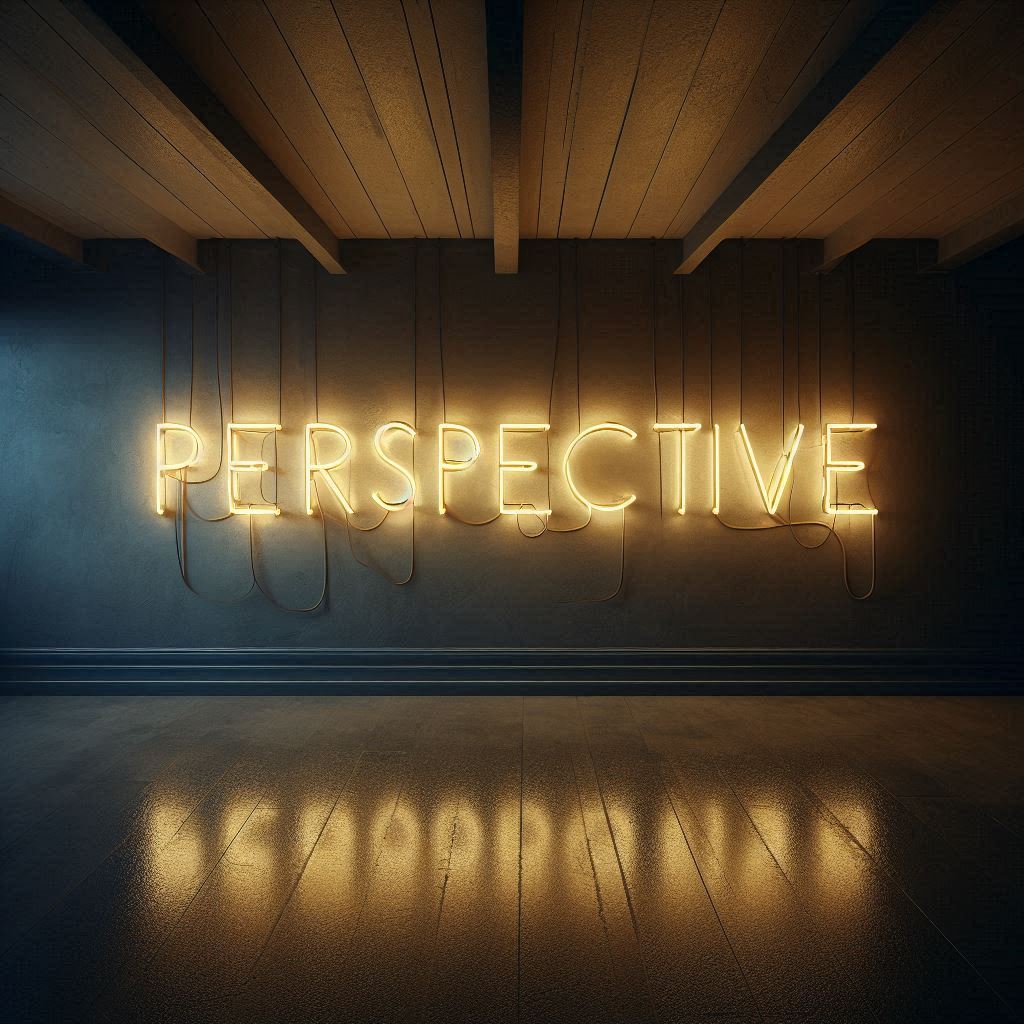Wall lights are an essential element in modern interior and exterior design, offering not just illumination but also style and ambiance. However, the way we perceive wall lights can significantly alter depending on their placement, purpose, design, and even cultural context. In this blog, we will explore the different perspective variations of wall lights and how they influence the mood, aesthetic, and functionality of a space.
1. Functional vs. Decorative Perspective
One of the most common ways to view wall lights is through their functional or decorative purpose. From a functional perspective, wall lights are often seen as practical lighting solutions. They illuminate corridors, workspaces, or reading corners with minimal fuss. Think of task-oriented lighting that helps people navigate a room or complete tasks in a well-lit area.
On the other hand, from a decorative perspective, wall lights are integral to the aesthetic of a space. Their purpose shifts from illumination to ornamentation, often becoming focal points of design. Sconces, artistic fixtures, or retro-style wall lights serve to enhance the visual appeal rather than providing primary lighting. This perspective views wall lights as pieces of art in their own right.
2. Architectural Integration vs. Standalone Fixtures
Wall lights can either blend seamlessly into the architecture or stand out as independent design features. From an architectural integration perspective, wall lights are subtly incorporated into the structure of a space, often hidden or minimalistic, serving the purpose of enhancing the design without drawing attention to themselves. Recessed wall lights or built-in lights in a cornice or baseboard are excellent examples of this approach.
In contrast, from a standalone fixture perspective, wall lights are deliberately bold, making a statement in any room. These fixtures serve as eye-catching features, often large in size or intricate in design, bringing a dramatic flair to walls. Think of industrial-style sconces or chandeliers mounted on walls that act as sculptural elements.
3. Ambient Lighting vs. Accent Lighting
Wall lights can also be perceived through the type of lighting they provide: ambient or accent. From an ambient lighting perspective, wall lights are used to create a soft, overall glow. This diffused light gently illuminates a space, adding warmth and coziness, particularly in living rooms, hallways, or bedrooms.
From an accent lighting perspective, wall lights emphasize specific areas or objects, such as artwork, architectural details, or décor. The goal here is to create contrast or draw attention to a particular focal point within the room, offering a more dramatic, focused light. For instance, a spotlight mounted on the wall to illuminate a painting brings attention to that piece, offering a different visual experience.
4. Indoor vs. Outdoor Perspective
The setting of wall lights changes the way they are perceived, whether indoors or outdoors. From an indoor perspective, wall lights are often associated with creating intimacy, style, and enhancing the interior environment. These fixtures are crafted to match or enhance the interior design style, from modern to rustic, and often serve a dual function of lighting and decoration.
On the flip side, from an outdoor perspective, wall lights are geared towards safety, security, and durability. The focus is often on withstanding harsh weather conditions and providing bright, long-lasting illumination for paths, gardens, patios, or facades. These lights might not be as intricately designed as indoor fixtures, but they serve the crucial function of extending the living space to the outdoors while ensuring safety and security.
5. Historical vs. Contemporary Perspective
Wall lights have evolved over centuries, and the way we view them today is shaped by historical and contemporary trends. From a historical perspective, wall lights are often associated with classical designs—think antique sconces in grand halls, candle-lit fixtures in medieval castles, or ornate crystal sconces in Baroque settings. These fixtures bring an old-world charm and elegance that is still appreciated in traditional or vintage-inspired décor.
From a contemporary perspective, wall lights are sleek, minimalist, and often infused with cutting-edge technology like LED or smart lighting controls. The focus is on sustainability, efficiency, and innovation, with designs that blend seamlessly into modern architectural spaces while offering features like dimmability or color-changing effects through smartphone controls.
6. Cultural Perspective
Different cultures approach lighting design with varying philosophies. In some Asian cultures, particularly Japanese, wall lights are minimalistic and designed to foster peace and serenity, often inspired by nature. From this cultural perspective, wall lights are soft, warm, and closely tied to the natural environment, contributing to the Zen-like quality of the space.
In contrast, in more Western cultures, the emphasis might be on bold and dramatic wall lights that serve as both lighting and décor, reflecting the culture’s appreciation for individuality and artistic expression. Cultural perspectives can also influence the materials used, with some regions favoring locally sourced woods or metals to create authentic fixtures.
7. Personalized Perspective
Finally, wall lights are viewed differently depending on personal preferences and needs. From a personalized perspective, individuals might choose wall lights based on their specific requirements—whether they want dimmable, adjustable lights for a relaxing ambiance or bright, focused lights for reading or work. Some people might prioritize eco-friendly lighting options, while others might lean towards luxury and customization. This perspective highlights how personal style, lifestyle, and priorities influence the choice of wall lights in a home or office.
Conclusion
Wall lights are more than just sources of illumination; they embody a range of perspectives depending on their design, function, setting, and cultural context. Whether viewed from a decorative, functional, indoor, or historical perspective, these versatile fixtures add a unique dimension to every space. Understanding these variations allows for a more thoughtful approach to choosing and designing wall lights that align with both aesthetic and practical goals.

